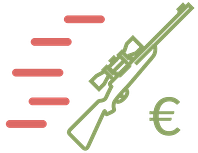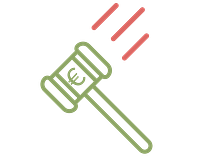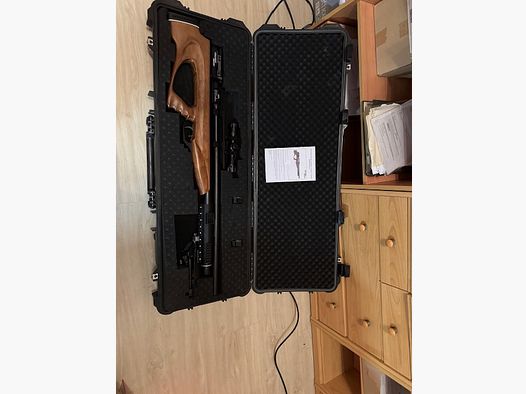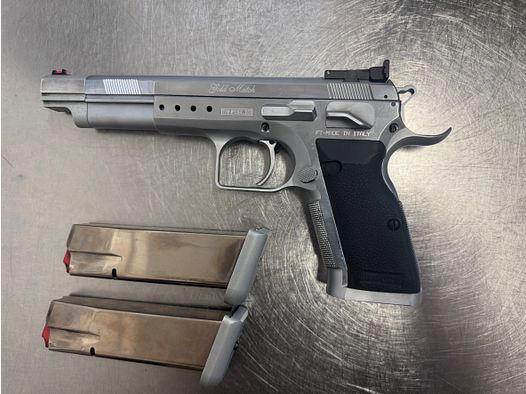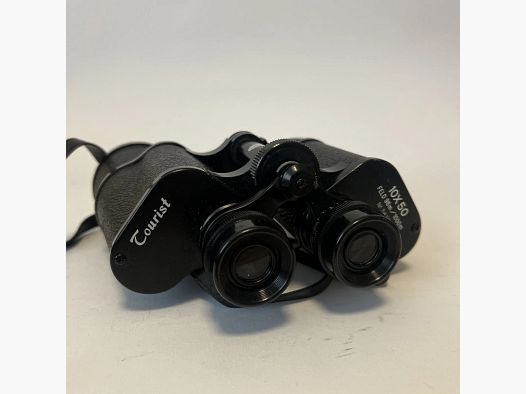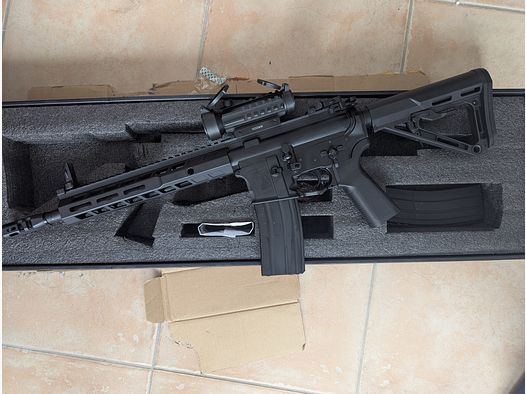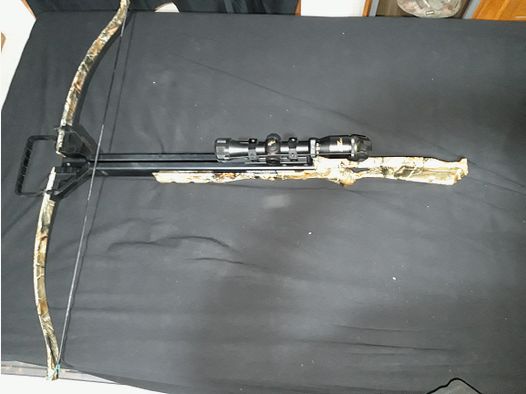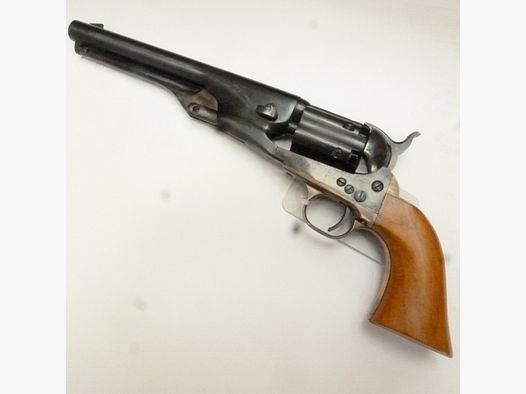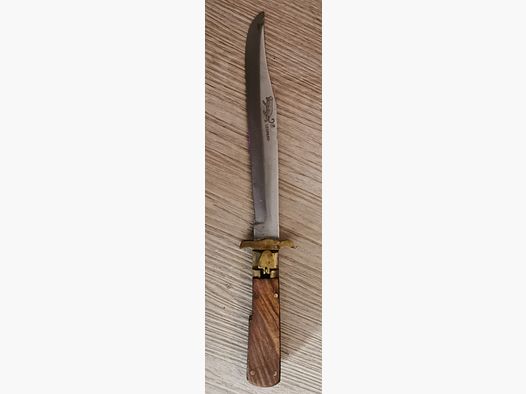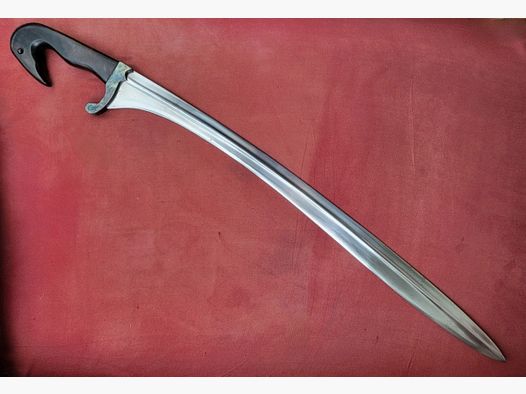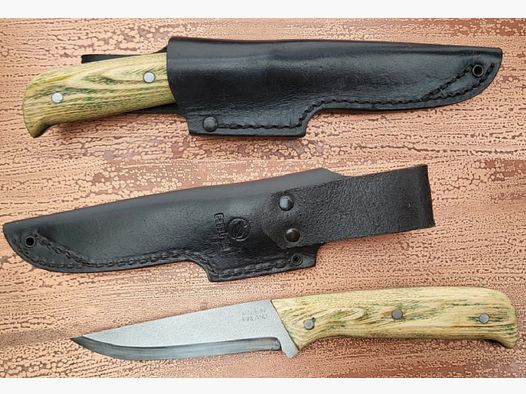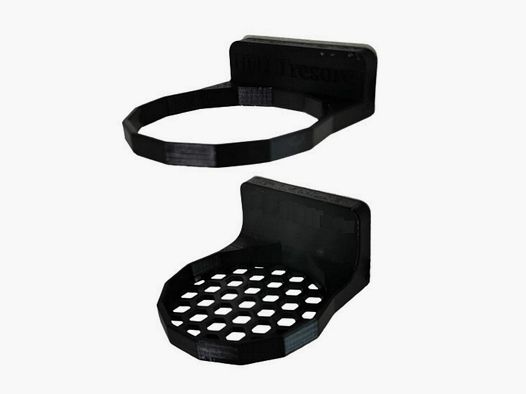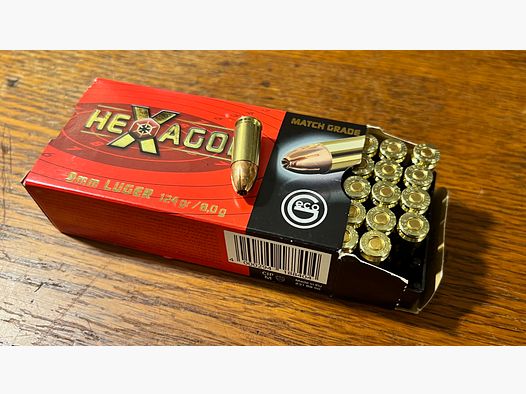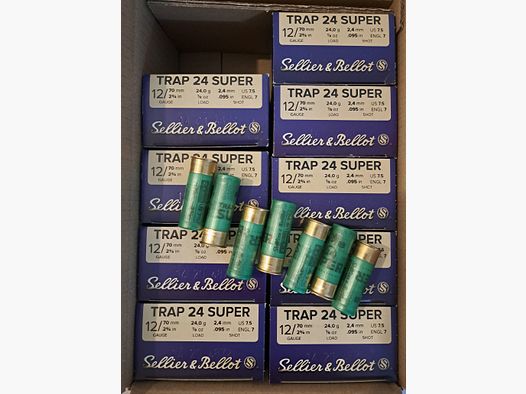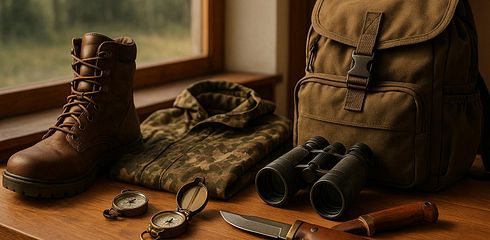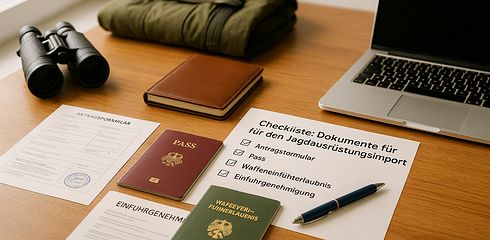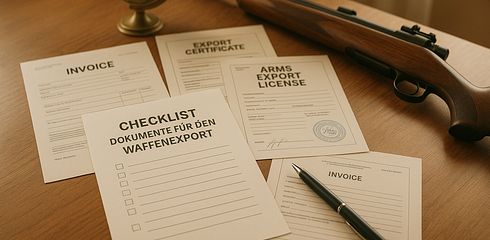The ATF Form 6 is a mandatory form if you want to import hunting equipment such as firearms or ammunition into the USA. It serves as approval from the Bureau of Alcohol, Tobacco, Firearms and Explosives (ATF) and is reviewed by the U.S. Customs and Border Protection (CBP). The processing time is 4–6 weeks, so you should submit your application early. Important: Without an approved form, there may be delays or rejections at customs.
Important Points:
- Who needs it? Individuals, dealers, or hunters importing firearms or ammunition.
- What equipment? Sporting firearms, ammunition, firearm parts, and certain accessories.
- Additional requirements: German hunters often need a U.S. hunting license.
- Avoiding mistakes: Information such as serial numbers and calibers must be exact.
The ATF eForms system is recommended for submitting applications as it is faster and more reliable. After approval, the Form 6A is also required to confirm the final import. Plan carefully and adhere to regulations to avoid issues.
Who Needs ATF Form 6 and What Equipment Does It Require
Who Must Submit ATF Form 6?
If you want to import firearms, ammunition, or similar items into the USA, you cannot avoid ATF Form 6. This applies to both individuals and commercial importers.
For German hunters traveling to the USA as non-immigrants, ATF Form 6NIA is also required. You must present a valid U.S. hunting license or equivalent documents.
Commercial importers need federal licenses, such as the FFL Type 08 (for importing firearms and ammunition) or Type 11 (for explosives and armor-piercing ammunition). Companies importing firearms for resale must also register as licensed importers under the Gun Control Act of 1968. Active military members can also import sporting firearms and ammunition for personal use with ATF Form 6 Part II.
But what exactly falls under this regulation? Let's take a closer look.
Equipment That Requires This Form
ATF Form 6 primarily covers sporting firearms such as shotguns, rifles, and handguns, as well as the associated ammunition. Certain firearm parts, components, and optics may also fall under this, especially if classified as defense articles. High-quality scopes or special sights are examples of such items that you might find on platforms like Gunfinder.
Stricter guidelines apply to war materials and explosives. These may only be imported by importers with a Type 11 FFL. It is important that each item is described accurately: manufacturer, model, caliber, and quantity must be specified exactly. Incorrect or incomplete information is among the most common problems when applying.
Legal Requirements You Must Fulfill
The import is regulated by the Gun Control Act of 1968 and the Arms Export Control Act of 1976. You must ensure that imported firearms are correctly marked within 15 days of customs release to ensure traceability.
For German citizens traveling to the USA as non-immigrants, there are additional requirements. You must demonstrate that the import is related to lawful hunting activities—such as by providing a valid U.S. hunting license. In some cases, a waiver may also be required.
Don't forget that German export regulations must also be observed. You must ensure that all required permits for the export of firearms and ammunition are in place. The items must be legally registered in Germany, and the export must not violate German or EU arms export rules. A German export license may also be required for U.S. customs clearance. Importing from or through sanctioned countries is strictly prohibited.
For a smooth process, you need a detailed description of each item, proof of ownership, the relevant German export permits, and—if you are entering as a non-immigrant—a valid U.S. hunting license or permit. Carefully prepared documents are key to avoiding problems.
How to Fill Out ATF Form 6: Step-by-Step Guide
Documents You Must Provide
Before you start filling out ATF Form 6, you should have all necessary documents ready. This includes your personal information such as full name, address, and contact details. If you have an FFL number, include that as well. For each firearm, the following information is required: manufacturer, model, type, caliber, serial number, country of origin, and exact quantity. If you are importing commercially, you also need the AECA registration number.
If the firearms are new or unusual, clear photos or sketches of the markings may be required.
For German hunters traveling to the USA as non-immigrants, additional requirements apply. Here, you need either a valid U.S. hunting license or an invitation to a recognized hunting event. You should also ensure that your equipment can be imported under U.S. law before submitting the application.
Once all documents are ready, you can begin filling out the form.
How to Fill Out the Form
A careful and correct completion of the form is crucial to avoid later problems with customs. Each section must be fully and accurately filled out. For each firearm, you provide details about the manufacturer, model, type, caliber, serial number, country of origin, and quantity.
An example: For a German hunting rifle, you might specify:
- Manufacturer: Mauser
- Model: M18
- Type: Bolt-action rifle
- Caliber: 6.5x55 SE
- Serial Number: 123456
- Country of Origin: Germany.
If the firearm is new or has special markings, you should attach clear photos.
In the field "For Applicant's Optional Use", you can enter an internal control number to make it easier to track the application later. It is important that all information matches the actual items exactly to avoid delays or rejections by customs. If in doubt, you can refer to the official ATF instructions.
Where and How to Submit Your Application
The fastest and safest method to submit your application is through the ATF eForms system. While you can also send a paper form by mail, electronic submission is recommended. The system minimizes errors and significantly speeds up processing.
After submission, your application will be processed by the ATF Firearms and Explosives Imports Branch. This usually takes four to six weeks. Once your application is approved, you will receive an email notification, and the approved form will be available in your eForms account.
It is advised to submit the application early, as the processing time can take several weeks. Keep copies of all submitted documents and messages. After approval, you must provide the approved form to your shipper and customs broker.
Once your items have passed U.S. customs, it is important that you fill out ATF Form 6A within 15 days to confirm the actual receipt of the goods. The next step in the customs process will be addressed in the following section.
How to Import Guns into the US (Legally!)
sbb-itb-1cfd233
Customs Procedures for Importing Hunting Equipment
After you have successfully submitted ATF Form 6, the next step is the customs process for importing your hunting equipment.
Temporary vs. Permanent Imports
Whether you choose a temporary or permanent import affects the customs process and the required documents. Temporary imports involve items brought into the USA for a limited time, such as for hunting trips or competitions, and then exported again. Permanent imports, on the other hand, apply to items intended to remain in the USA permanently.
| Import Type | Advantages | Disadvantages | Required Documents | Typical Uses |
|---|---|---|---|---|
| Temporary Import | No change of ownership in the USA; easy return | Time-limited; must be exported again | ATF Form 6, 6A, export license | Hunting trips, competitions |
| Permanent Import | Ownership fully transfers to the USA; no re-export needed | Stricter scrutiny; comprehensive regulations | ATF Form 6, 6A, export license | Collecting, resale, use |
Temporary imports often require additional proof, such as a temporary import permit or a carnet, to confirm the return. For permanent imports, full compliance with all regulations is necessary, including the permanent marking of firearms.
For German hunters traveling as non-immigrants, special requirements apply for temporary imports. You need a valid U.S. hunting license or an invitation to a recognized hunting event. Additionally, the equipment must be exported again after the approved time and declared correctly upon entry and exit.
What Happens at U.S. Customs?
At U.S. customs, you must present your approved ATF Form 6 along with all supporting documents. This includes invoices, packing lists, and—if required—your U.S. hunting license as a non-immigrant. Customs officials will inspect the equipment, compare the documents, and may check serial numbers and markings.
During the inspection, it will be verified that all information in the documents matches the equipment. This includes serial numbers, descriptions, and any markings. Compliance with U.S. import regulations, such as the required marking of firearms, will also be checked.
Ensure that all documents are readily available to facilitate the process. After a successful inspection, customs will release the goods. You must then fill out ATF Form 6A within 15 days and send it to the ATF to document the imported items, including serial numbers and descriptions.
Avoiding Delays at Customs
Incorrect or incomplete documents—such as mismatched serial numbers, incomplete forms, or the absence of a U.S. hunting license—are the most common reasons for delays at customs.
To avoid such problems, you should carefully review all documents and ensure that the information about the items is correct and complete. Electronic submission through the ATF eForms system can further expedite the process.
Helpful Tips: Start the application process early, ideally 6 to 8 weeks before your trip. Keep copies of all forms and correspondence and check that serial numbers, descriptions, and quantities match the actual items exactly.
If you purchase hunting equipment through platforms like Gunfinder, ensure that the seller provides all necessary export documents and that the equipment is suitable for import into the USA. As the buyer, you are responsible for presenting the approved ATF Form 6 and ensuring that all items are properly marked and documented.
Thorough preparation and compliance with all regulations are crucial for a smooth import process.
Common Mistakes and How to Avoid Them
Errors in filling out ATF Form 6 can significantly delay the import process—or even stop it completely. Even experienced hunters often make the same mistakes that can lead to problems. Therefore, it is important to know and avoid the most common pitfalls.
The Most Common Mistakes on ATF Form 6
A common reason for rejections is incomplete forms. Missing signatures, empty mandatory fields, or illegible handwriting can result in applications being returned. Also, incorrect or contradictory information about firearms is a major issue. For example, serial numbers, manufacturers, models, and calibers in the application must match the actual items exactly—even small discrepancies, such as in caliber, can alert U.S. customs and delay the process.
Another stumbling block is missing translations for foreign language documents. If the information in Form 6 does not match that in Form 6A, this can also lead to complications, as the ATF closely compares both forms. Additionally, imported firearms must be correctly marked within 15 days of customs release. Incorrect or missing markings are a common reason for issues.
If you purchase your hunting equipment through Gunfinder, you should carefully match all product details with the original documents and the actual items. Use clear, legible handwriting or fill out the forms digitally. Avoid abbreviations unless they are explicitly allowed in the form instructions.
When Should You Submit the Application?
The timing of the application submission is crucial. It is recommended to submit the application at least 6 to 12 weeks before the planned import date to account for processing times and potential delays. Electronic submissions through the ATF eForms system are generally faster than paper applications.
Especially during the main hunting season or holidays, processing times may extend. The eForms system not only offers faster processing but also electronically informs you about the status of your application.
Incomplete or erroneous applications can not only cause delays but also lead to import permits being denied or the equipment being seized by customs. It is important to know: Only the director of the ATF may modify approved applications—unauthorized changes are not allowed.
Tips for Transport and Storage
For the safe transport of hunting firearms and ammunition, sturdy, lockable cases are a must. Firearms should always be unloaded and secured during transport, while ammunition must be stored in separate, secure containers.
Ensure clear labeling and keep all relevant documents readily available. It is helpful to maintain organized records of all import documents, including approved forms and Form 6A receipts. Make sure that all documents are complete and match the actual items, and declare everything honestly at customs.
Clean and accurate documentation is key to a smooth import process. This way, you avoid unnecessary complications and can focus on what matters: your next hunting trip.
Conclusion: The Key Points for a Successful Import
Importing hunting equipment into the USA with ATF Form 6 requires careful planning and compliance with all requirements. Thorough preparation can significantly ease the entire process.
Here are some central aspects to keep in mind: The processing of the application takes several weeks, so it is important to start the application process early. All information must be exact—the imported items must match the information in the form precisely. Additionally, they must be marked correctly within 15 days of customs release. The ATF eForms system can expedite the process and offers better tracking options.
Organize all relevant documents—from the original Form 6 approval to the Form 6A receipts—and keep them readily available.
If you purchase your hunting equipment through Gunfinder, ensure that you document all product details accurately and match them with the actual items. Proper declaration at customs and working with experienced importers or customs brokers can avoid unnecessary delays and additional costs.
With careful preparation, precise documents, and timely submitted applications, nothing stands in the way of your hunting trip to the USA.
FAQs
What Steps Are Necessary to Properly Mark Imported Hunting Equipment?
To ensure your imported hunting equipment is properly marked, you should ensure that all relevant information on the corresponding forms, such as ATF Form 6 and 6A, is fully and accurately completed. This includes important details such as the manufacturer, model, caliber, and serial number.
After import, it is crucial to carefully review the legal requirements for marking in the USA. If you are unsure, you can contact the relevant authority or an experienced dealer familiar with import regulations. This way, you can ensure that everything complies with the regulations.
How Do I Avoid Delays at U.S. Customs When Importing Hunting Equipment?
To avoid delays at U.S. customs, it is essential to carefully fill out and submit all required documents on time. Particularly important is the ATF Form 6, which is specifically needed for importing hunting equipment into the USA. Check that all information is correct and complete to avoid unnecessary complications.
Also, ensure that your equipment complies with applicable U.S. regulations and does not include prohibited items. It is worthwhile to inform yourself early about the current customs regulations. This way, you can circumvent potential hurdles and prepare optimally for entry.
What Requirements Must German Hunters Fulfill to Import Hunting Equipment into the USA?
To bring hunting equipment as a non-immigrant into the USA, you need the ATF Form 6 for the import permit and possibly the ATF Form 6A for customs processing. These documents ensure that all legal requirements are met.
If you are coming from Germany, you should also be prepared to provide additional proof, such as a valid hunting license or an invitation to hunt in the USA. Allow enough time to review the requirements and fill out the forms, as processing times can vary.
